
Apple Intelligence: How it Impacts Email Marketing
Apple’s iOS 18 introduced Apple Intelligence, bringing significant changes to email marketing. These features are a welcome addition, but they also bring new challenges for marketers who need to prepare their email marketing strategy accordingly.
Today, we’ll discuss how Apple Intelligence impacts email marketing and provide strategies to help you navigate these changes and continue to engage your audience successfully.
What is Apple Intelligence?
Apple Intelligence is the marketing name of Apple’s advanced features powered by large language models (LLMs) and machine learning algorithms. They aim to enhance the Apple ecosystem with AI capabilities.
Rather than focusing on a single functionality, Apple Intelligence serves as an AI-driven layer designed to improve the overall user experience. Its features are usually represented with the distinctive logo below and/or multicolor gradients.
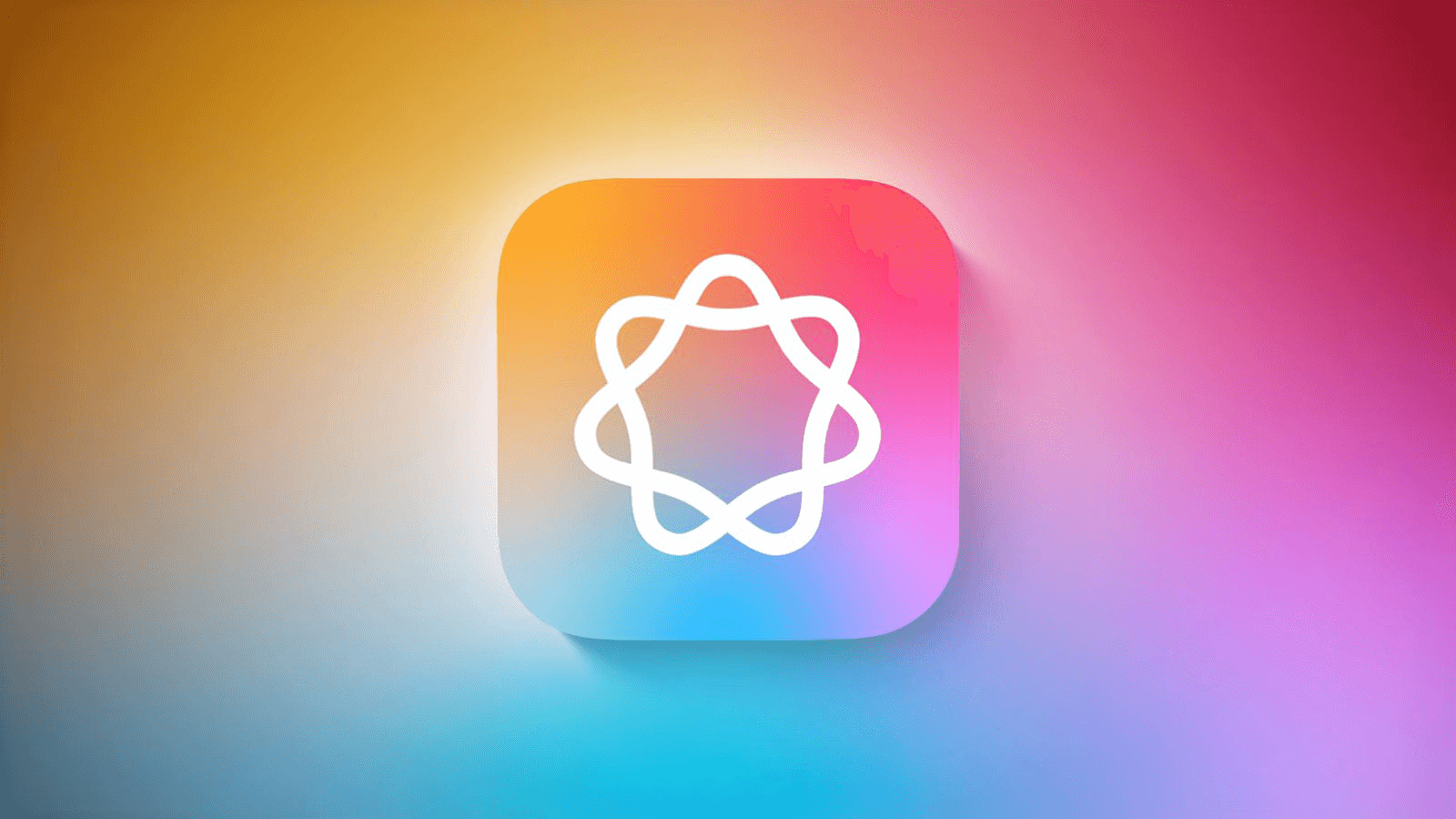
Key Changes Coming with Apple Intelligence
Apple Intelligence brings several changes that affect the whole user experience, so marketers will have to rethink how they approach email deliverability. Let’s see those changes:
AI Email Summaries
With Apple Intelligence, traditional email previews will be replaced with AI-generated summaries. Rather than displaying the initial lines of an email campaign or marketer-designed preview text, users will now see a brief summary created by AI.
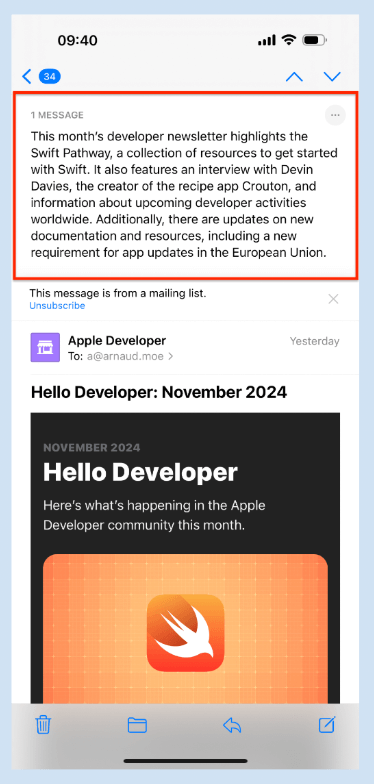
Smart Inbox Categorization
Similar to Gmail’s categorization system, Apple will sort incoming messages into folders using AI. Specifically, the Mail app will organize emails into categories such as Primary, Transactions, Updates, Promotions, and Digest. Critical emails, like boarding passes or event details, will be prioritized, while newsletters and promotional emails may be placed into secondary folders.
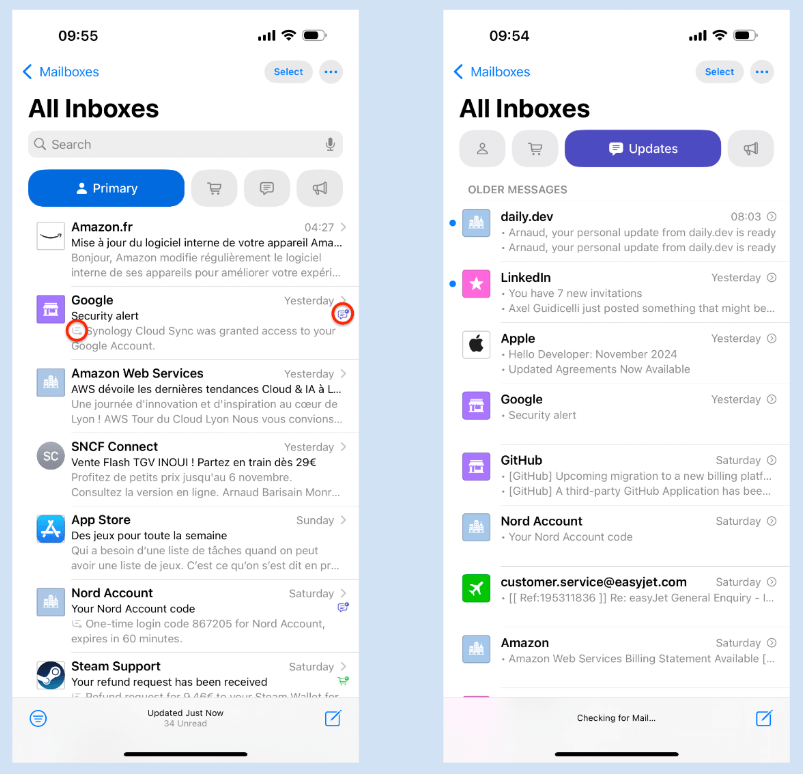
In our experience, there is no clear way for companies to send signals to prioritize an email as AI ranks the email based on its content.
This new feature works across all your mailboxes, as long as you add them to the Mail app.
Enhanced Notifications
Notifications align with the new categorization system, allowing granular control over which categories trigger alerts. For instance, users can set notifications only for “Primary” emails while muting others. This can challenge marketers to create compelling content that ensures their emails land in prioritized or notified categories.
Enhanced Siri Integration
Siri will gain new AI capabilities, allowing it to access and surface information from emails, messages, and contacts. This could lead to users interacting with email content through voice commands rather than traditional opens and clicks.
How to Prepare for Apple Intelligence as an Email Marketer
The rollout of Apple Intelligence has introduced advanced AI-powered features like email summarization and categorization, impacting how subscribers interact with marketing emails. These changes require marketers to adapt their strategies to ensure visibility, engagement, and conversion in this new email environment.
Here’s how you can stay ahead:
1. Optimize for AI Summaries
Since Apple Intelligence generates email summaries, ensure your key messages and calls-to-action are prominent in the opening sentences. Craft concise, impactful subject lines and preview text that align with your primary goals. This increases the likelihood that AI-generated previews accurately reflect the value of your email, boosting open rates and engagement.
Why this matters now: With Apple Intelligence prioritizing AI-driven previews, emails that fail to highlight their value upfront risk being overlooked entirely.
2. Prioritize engagement metrics beyond open rates
Mail Privacy Protection, introduced by Apple, has already diminished the reliability of open rates as a metric. Now, Apple Intelligence further shifts the focus toward actual engagement metrics like click-through rates (CTR), conversions, and on-site activity. Optimize your campaigns to encourage measurable actions, such as clicks on interactive elements or specific landing pages.
Why this matters now: Apple Intelligence is expected to rely on actual user interactions to refine categorization, making genuine engagement more critical than ever.
3. Enhance your personalization
Leverage first-party data to craft hyper-personalized emails that align with subscribers’ preferences, purchase histories, and behaviors. Implement interactive elements like surveys and preference centers to gather more subscriber information directly from the users. Personalization can also extend to dynamic content blocks tailored to individual preferences.
Why this matters now: Apple’s AI may prioritize and rank emails that demonstrate higher relevance to the user, making personalized content a competitive advantage for staying at the top of their inbox.
4. Maintain list hygiene and deliverability
Regularly clean your email lists to remove inactive subscribers and maintain strong sender reputation through proper email authentication (SPF, DKIM, DMARC). A high sender reputation helps your emails avoid being filtered into secondary tabs. To check your DMARC setup, use Moosend’s DMARC Checker tool.
Why this matters now: AI-driven categorization could penalize marketers with lower deliverability rates, pushing emails to less visible tabs or summaries. A clean, engaged list can reduce this risk.
5. Include whitelisting instructions
In your sign-up confirmation email, encourage subscribers to mark your email address as a trusted sender to enhance inbox delivery.
Why this matters now: As a marketer, you can’t directly influence whether your emails land on primary or secondary tabs. But, when your recipients mark your emails as trusted, they’re more likely to get notified when you send them a new email.
6. Test across devices and platforms
Use tools like Litmus or Moosend to preview how your emails render across various devices and email clients, ensuring optimal display and functionality.
Why this matters now: As new updates are introduced, it’s essential to double-check how your emails appear.
7. Monitor and adapt to AI-driven categorization
Stay informed about how Apple Intelligence categorizes your emails and adjust your strategies accordingly to maintain visibility and engagement. Since Apple’s AI functionality will be constantly receiving updates, you must stay alert as an email marketer to adapt swiftly to any changes.
Why this matters now: Apple’s AI functionality will evolve over time, and the ability to swiftly adjust your tactics will be key to maintaining strong engagement and staying ahead of competitors.
Have You Tried Apple Intelligence Yet?
Getting Apple Intelligence is easy. You need a non-EU AppleID, currently logged in the App Store app (not the iCloud account, they’re separated). Finally, your device must be set to English (US/UK) and Siri must be set to English.

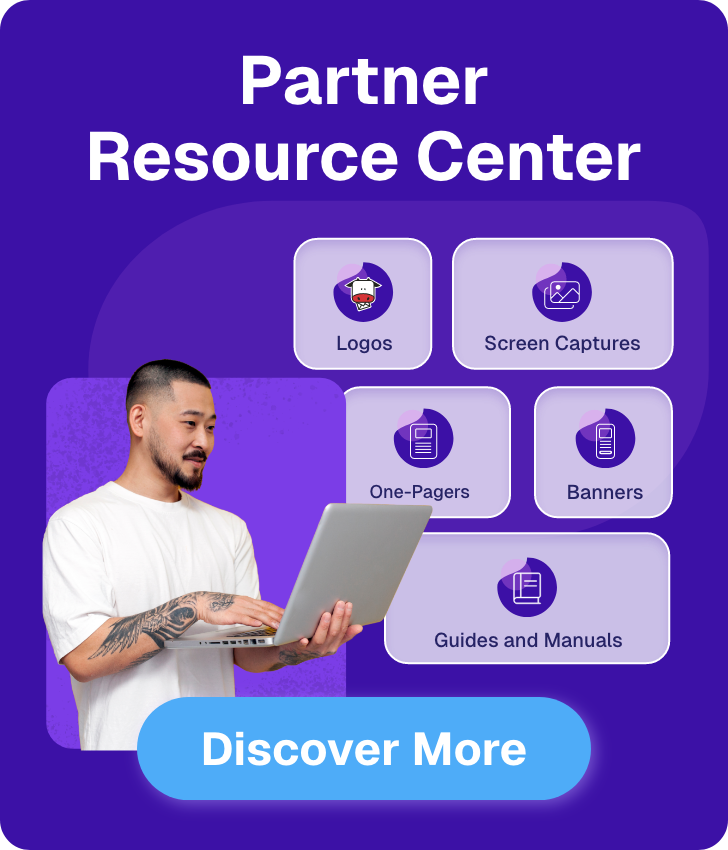

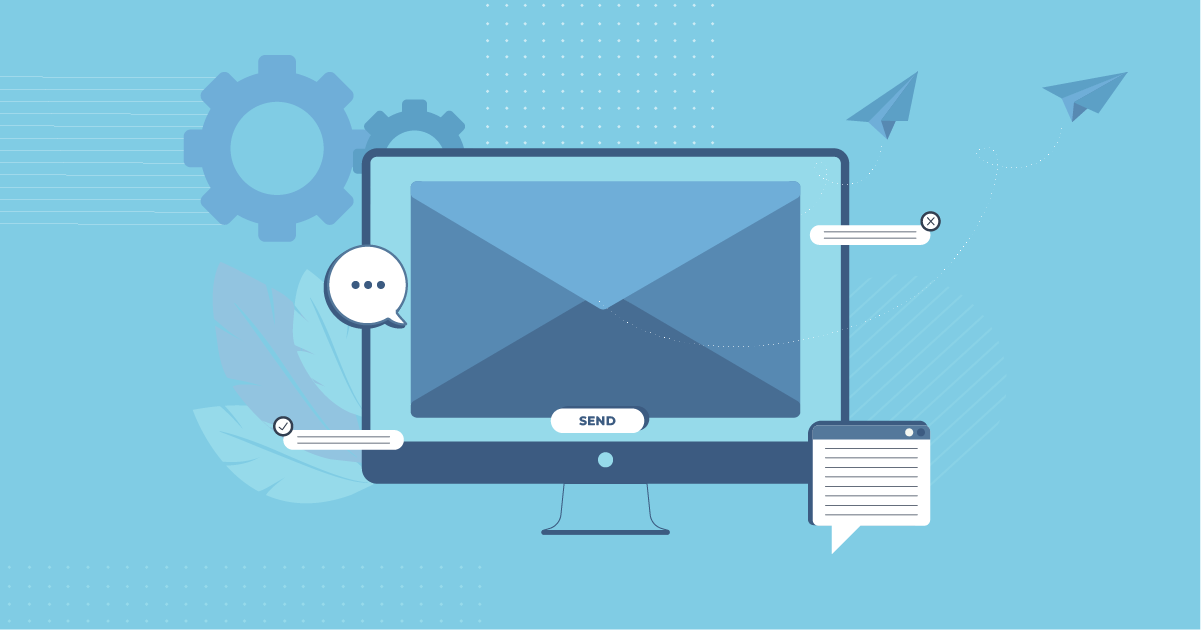
 Published by
Published by

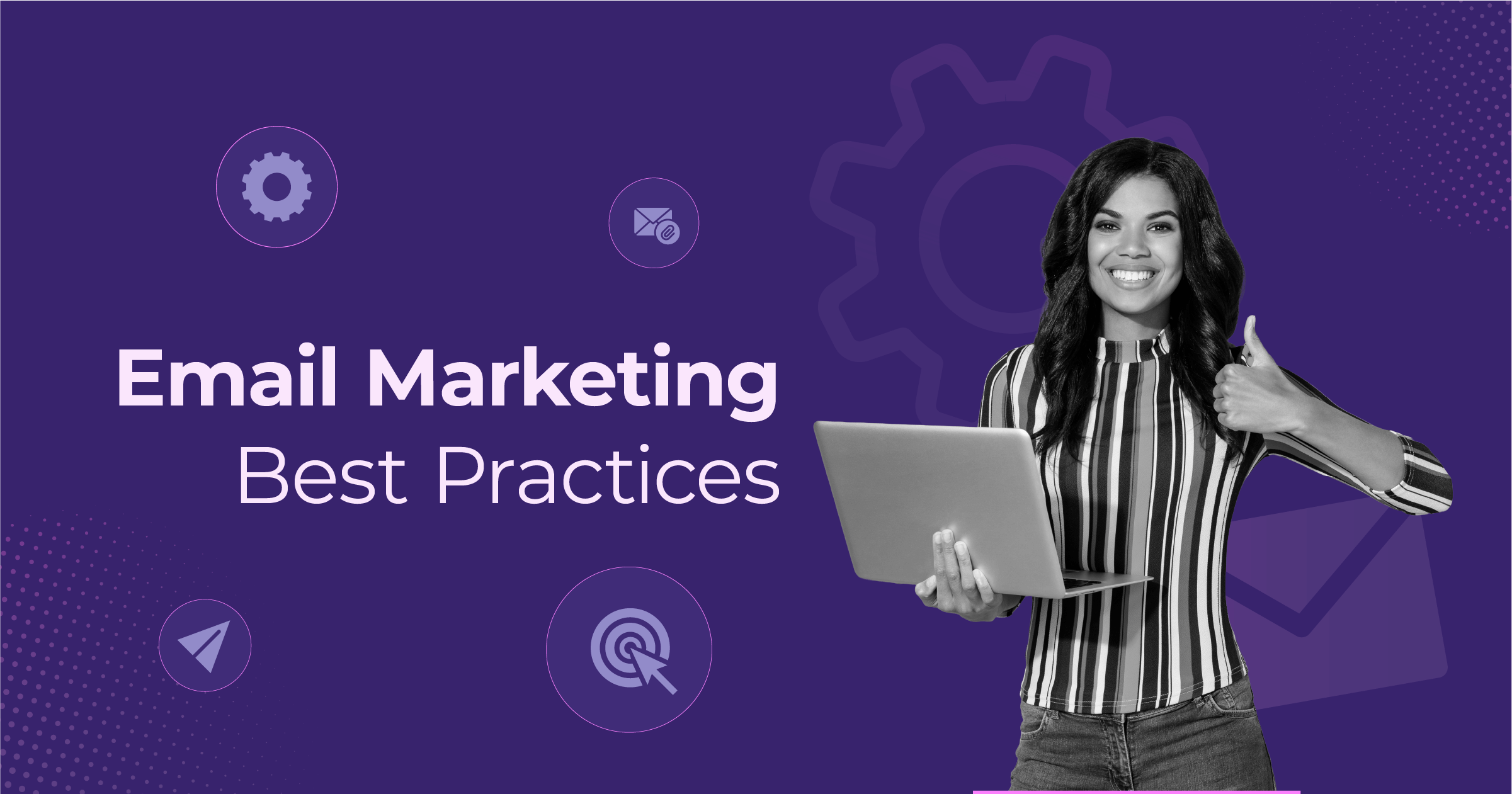
 Published by
Published by